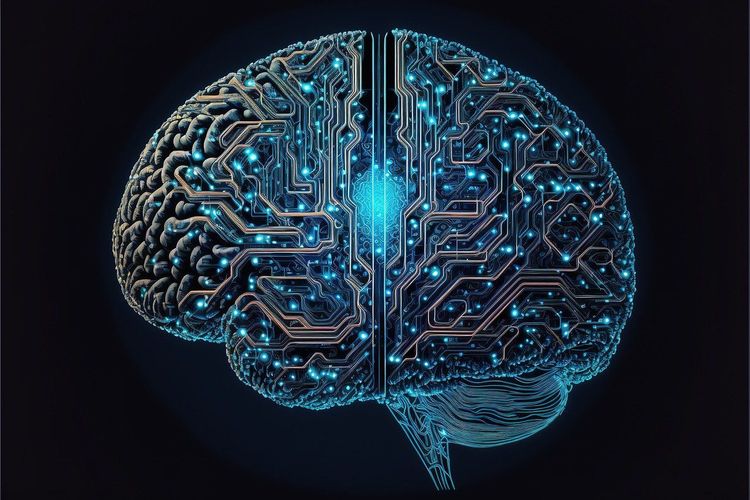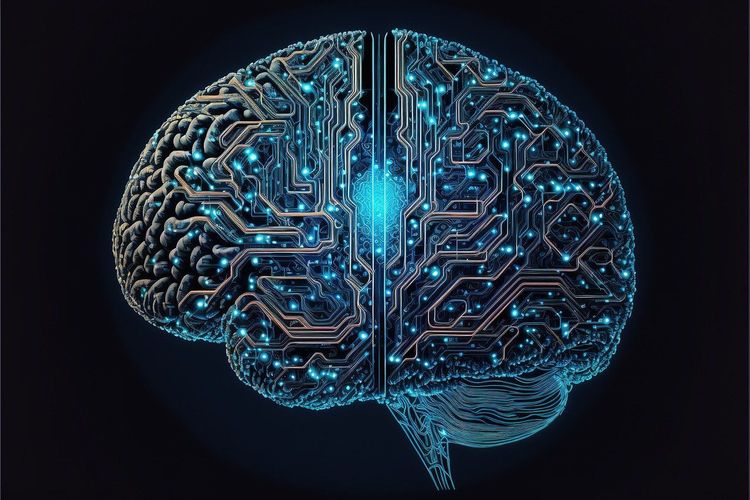### Revolutionary Advances in AI Chip Design: Powering the Future of Machine Learning
Recent breakthroughs in chip design are on the verge of transforming artificial intelligence (AI) through enhanced methods that manage generative workloads more efficiently. Siddharth Kotwal, global head of the Nvidia practice at Quantiphi, emphasizes the critical importance of adapting both hardware and software to meet the escalating demands of AI and machine learning (ML) workloads. "The potential hardware opportunities revolve around developing workload-specific AI accelerators and GPUs tailored to the unique requirements of enterprises," he explained.
Although general-purpose microprocessors from industry leaders like Intel and AMD provide robust performance across a wide array of applications, specialized chips designed for specific domains, particularly AI, promise significantly greater performance and energy efficiency. Ben Lee, a professor at the University of Pennsylvania's Penn Engineering, highlighted that custom chips optimize data movement and reduce energy-intensive data transfers. "By creating large custom instructions, these chips can perform more tasks per invocation, allowing for more efficient energy use," he noted. It's common in computer engineering to assert that chips specifically designed for certain applications can boost performance and energy efficiency up to 100 times.
### Innovations in Processing-in-Memory Technology
One of the most promising areas of research involves processing-in-memory (PIM) technology, which combines advanced memory solutions with analog computation. Lee elaborated on this innovation, stating that programmable resistors can represent machine-learning model parameters or weights. "As current flows through these programmed resistors, the memory can conduct essential multiplications and additions that drive many machine learning computations," he explained. This design facilitates greater efficiency since computation occurs within the data itself, significantly reducing the distance data must travel to the processor.
Moreover, as demand for Edge GPUs rises—especially for edge inference—companies like Nvidia, Arm, and Qualcomm are at the forefront. These specialized GPUs are essential for handling localized AI tasks at the network's edge, further minimizing latency and driving performance improvements.
### Efforts to Minimize Interference in AI Tasks
Researchers at the University of Southern California have made strides in reducing interference for AI operations by developing a highly compact memory technology that boasts an unprecedented information density of 11 bits per component. This cutting-edge innovation, if successfully integrated into mobile devices, could dramatically enhance their processing capabilities without compromising on space.
Additionally, Robert Daigle, Lenovo’s director of Global AI, pointed out that new Neural Processing Units (NPUs), Application-Specific Integrated Circuits (ASICs), and Field-Programmable Gate Arrays (FPGAs) designed for AI tasks are more efficient and cost-effective. He anticipates a trend toward AI accelerators being fine-tuned for specific applications, such as computer vision inference and generative AI tasks.
### Sustainable Chip Designs for the Future
The latest chip designs are being engineered for liquid-cooled environments, representing a pivotal shift towards energy-efficient and environmentally sustainable practices. Daigle noted that minimizing energy consumption and improving heat dispersion are essential goals. The evolution of AI accelerators is evolving along two paths: the formation of discrete, purpose-built accelerators alongside the integration of AI cores within multipurpose silicon like CPUs.
As the landscape of silicon technology converges with innovative cooling methods and streamlined AI frameworks, new chip designs hold the potential to catalyze significant advancements in AI. "Chips will lead sustainability efforts, achieving peak AI performance while reducing energy consumption," Daigle asserted. The future will likely witness major reductions in power consumption, improvements in acoustic performance, and notable cost savings.
### Groundbreaking Achievements in Computer Vision
In a striking development, researchers from Tsinghua University, China, have crafted an entirely analog photoelectric chip that merges optical and electronic computing for superior computer vision processing—a significant leap forward for speed and energy efficiency.
Analog signals, which continuously transmit information like light creating an image, differ fundamentally from digital signals, such as binary numbers. In many computer vision applications, initial processing begins with analog signals from the environment, which must be converted into digital form for neural networks to analyze. This conversion process can impede efficiency due to time and energy costs.
To remedy this, the Tsinghua team introduced their innovative ACCEL chip, designed to circumvent the drawbacks of analog-to-digital conversion. "ACCEL maximizes the advantages of both light and electrical signals while avoiding the conversion bottleneck," shared Fang Lu, a researcher from the Tsinghua team. This advancement could unfold new possibilities in rapid, energy-efficient computer vision applications and significantly enhance machine learning systems across various fields.
### Conclusion
The convergence of pioneering chip technology and AI is opening new avenues for efficiency and performance that could redefine how we leverage machine learning. As specialized hardware designs emerge, industries are poised to reap the benefits of faster and more sustainable AI solutions that revolutionize current capabilities. Embracing these advancements may lead us to a future where intelligent systems operate with unparalleled efficiency.







